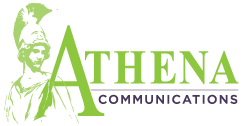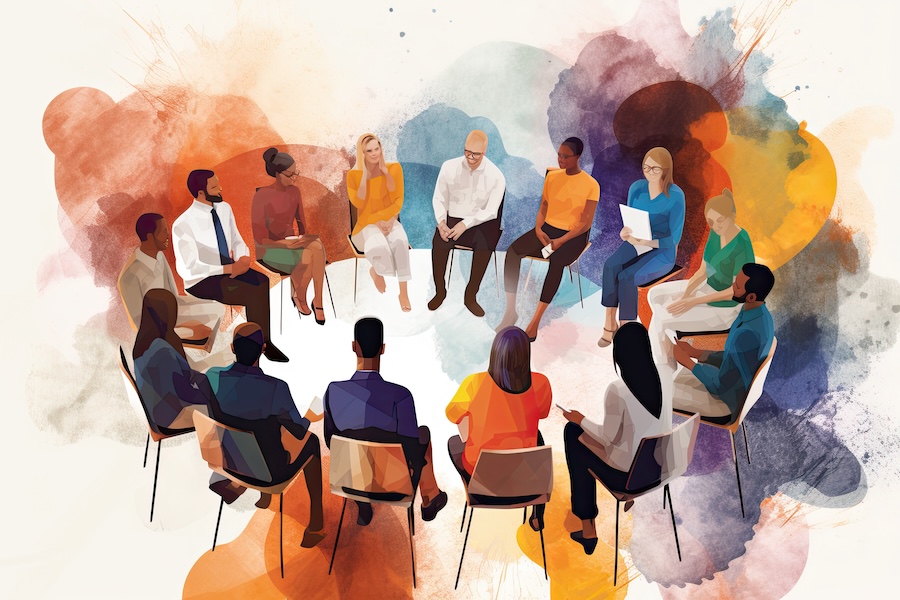By Tammy Belton-Davis
https://www.prsa.org/article/how-to-help-build-equity-in-organizations-ST-Oct24
DEI 10 October 2024 STRATEGIES & TACTICS
Today’s pushback against Diversity Equity and Inclusion (DEI) did not start with last year’s U.S. Supreme Court decision banning affirmative action in college admissions; instead, it’s an acceleration of an existing misguided movement.
In the aftermath of this high court decision, Florida, Texas, North Carolina and other states quickly passed legislation banning DEI efforts in higher education and have sought to extend these to the public and private sectors.
We continue to see the government, as well as companies and organizations, grapple with not only promoting but also understanding what DEI is and its importance.
An opportunity and responsibility
Communicators have a great opportunity, but more important, a responsibility, to correct the course we’ve taken as a society regarding DEI.
The original intent of considering DEI in hiring was to encourage employers to cast a wider net and be more mindful in recruiting, thereby offsetting some of the observed disparities in recruiting and hiring.
A big part of the problem is how DEI is framed or mischaracterized. In July, the Society for Human Resource Management, the country’s largest human resources trade association, dropped “equity” from its terminology, citing a lack of certainty about the definition of equity.
For the record, equity means “recognizing that all people do not start from the same place, and we must acknowledge and make adjustments to those imbalances.”
What that really means is that all people come from diverse backgrounds or experiences that give them advantages or disadvantages, be it racial, gender, sexual orientation, ability or income status; to level the playing field, organizations must first understand and acknowledge these differences and then overcome personal bias to see the full potential of having a diverse and inclusive organization.
Simply put, equity is the destination of work that honors diversity and inclusivity. For that reason, I like framing this work around equity as “Equity in Action.”
According to Fast Company, too many organizations treat DEI as an add-on, put it in a silo, and lack DEI benchmarking and measurement. This was borne out earlier this year in a survey of 320 C-suite executives by employment law firm Littler that showed 35% of the executives do not feel that their organizations have clear plans and goals in place for DEI.
Equity in action should be part of an organization’s strategic plan rather than a toolkit fix. It’s good for communities and good for business. Rather than considering equity a charitable event, organizations should take a step back and understand that equity also means access and leadership for all “at the table.”
Forbes quoted research conducted by McKinsey & Company, noting that empirical data supports the positive impact of DEI within companies. Their findings reveal that ethnically diverse organizations are 36% more likely to outperform less diverse companies, while companies with gender-diverse executive teams are 25% more likely.
A focus on DEI is known to positively impact company culture and financial performance. Employees who feel accepted and free to be themselves at work are happier, often resulting in greater contributions and higher productivity.
An opportunity to lead
As a woman of color who has operated a PR agency for 15 years and has been advising organizations even longer, I understand firsthand the hard work of building equity in organizations.
The work is never one and done, but a series of convenings and learnings coupled with an actionable plan to advance equity. As PR counselors, we have an opportunity to lead our clients in clearly communicating what equity is and isn’t and help them accurately measure its impact. That means clearly communicating the true goals and benefits of equity and helping guide employee conversations.
In a recent PRsay essay (reprinted in this issue on Page 9), Crystal Borde suggested framing the conversation as one of shared values, built on common beliefs of fairness, justice and opportunity while also acknowledging concerns and correcting misconceptions.
She also recommended encouraging open dialogue and listening and highlighting diverse voices and perspectives from opposing viewpoints that also advocate for social justice and equality.
We effectively do this by encouraging organizations to take the long view, do the right thing and create a future where there is truly a level playing field — where the same opportunities exist for all.
But before focusing on clients, we need to lead by example by first examining our own staff and the consultants we engage. Have we created space at the table for people from all backgrounds and experiences or engaged in meaningful ways that drive change in the workplace and in our communities?
Once we have our own houses in order, we can help our clients and others.








